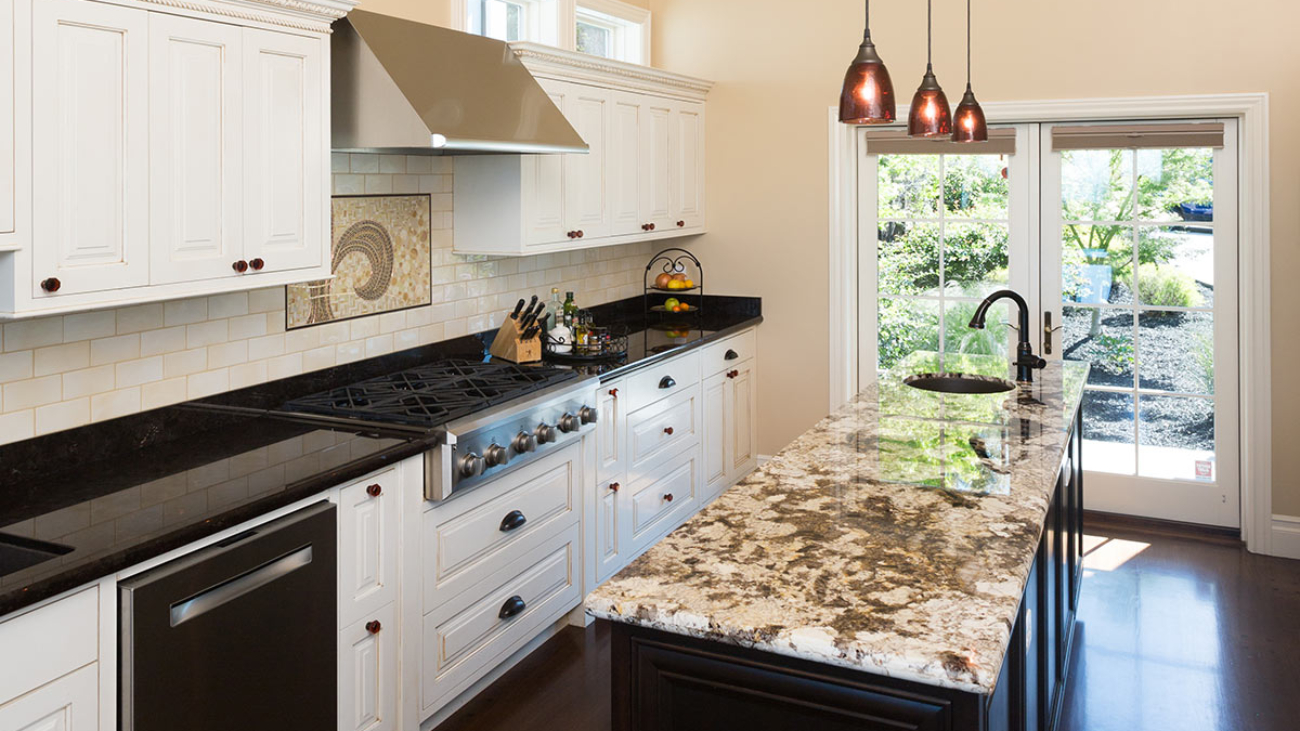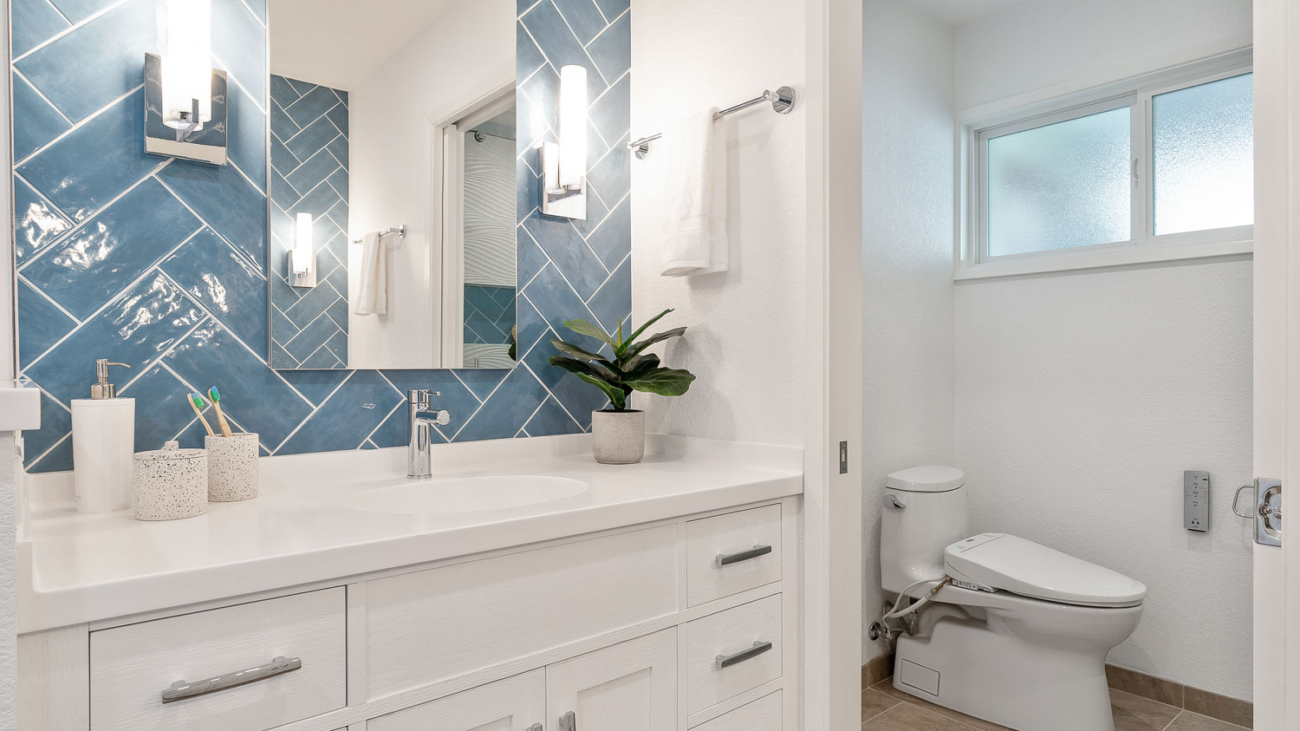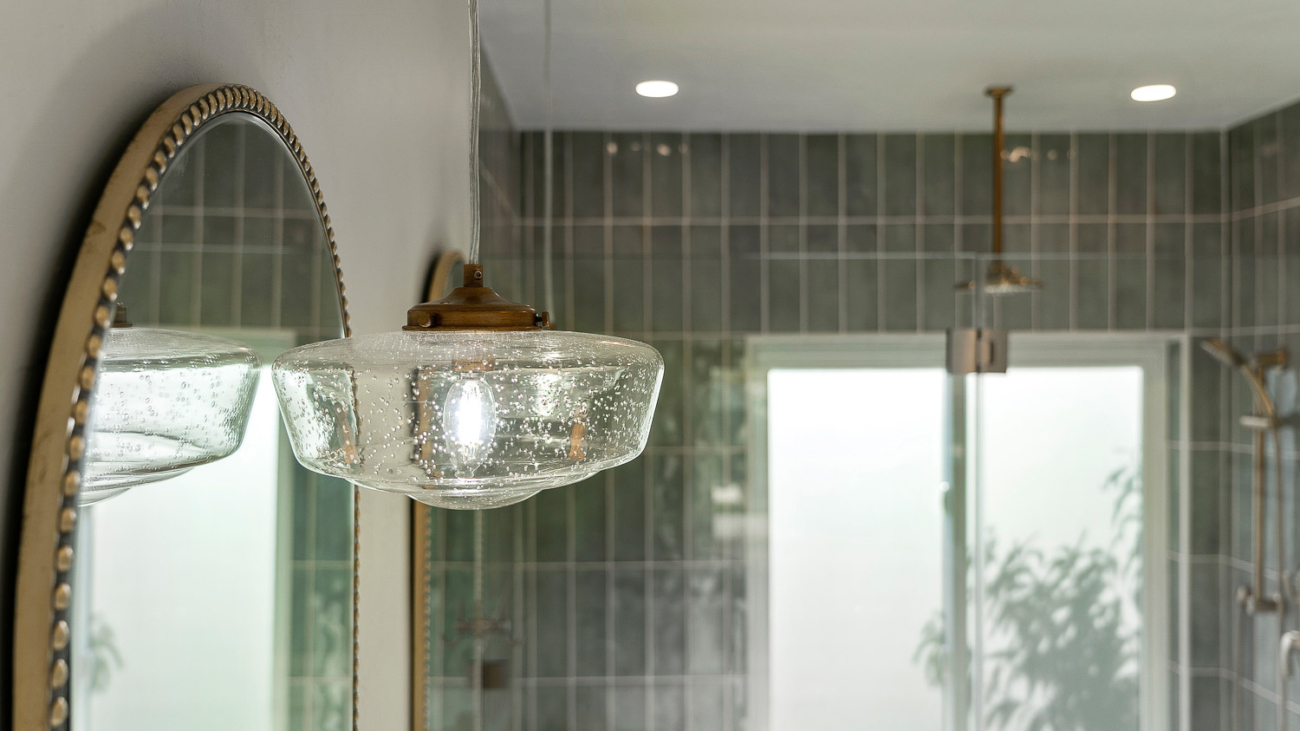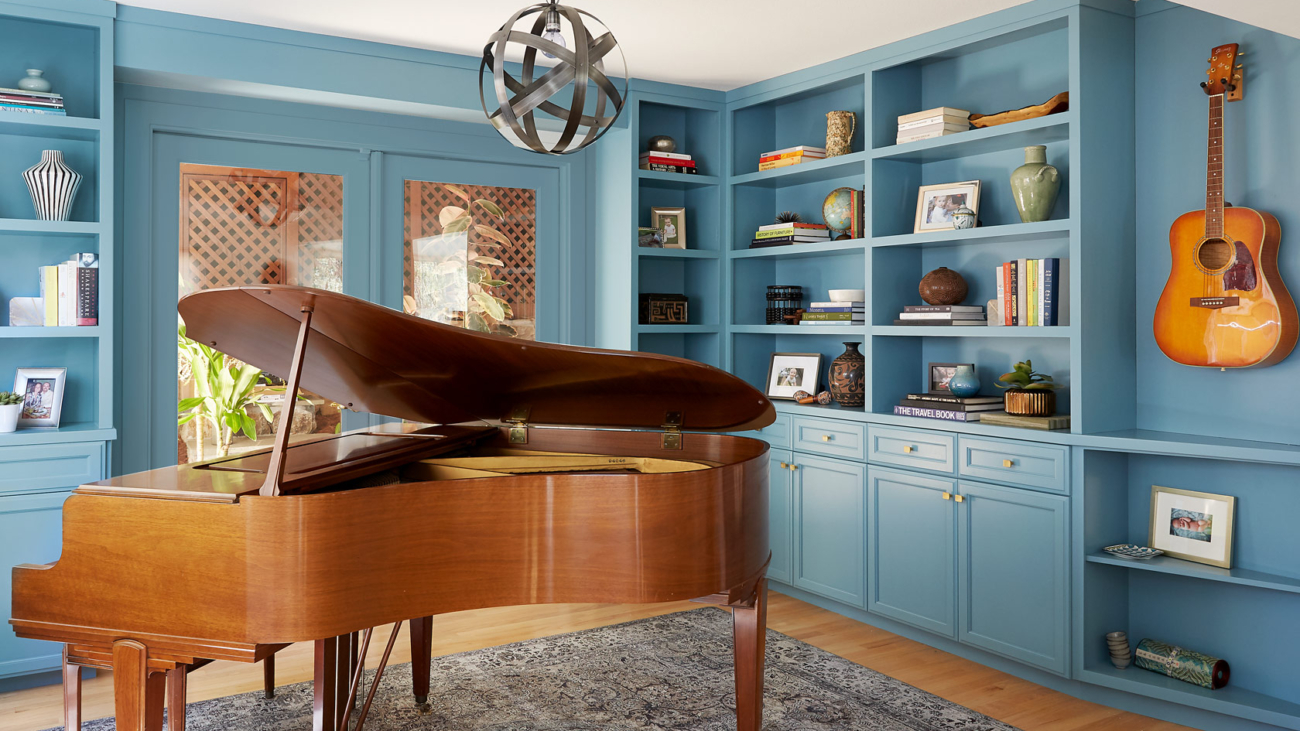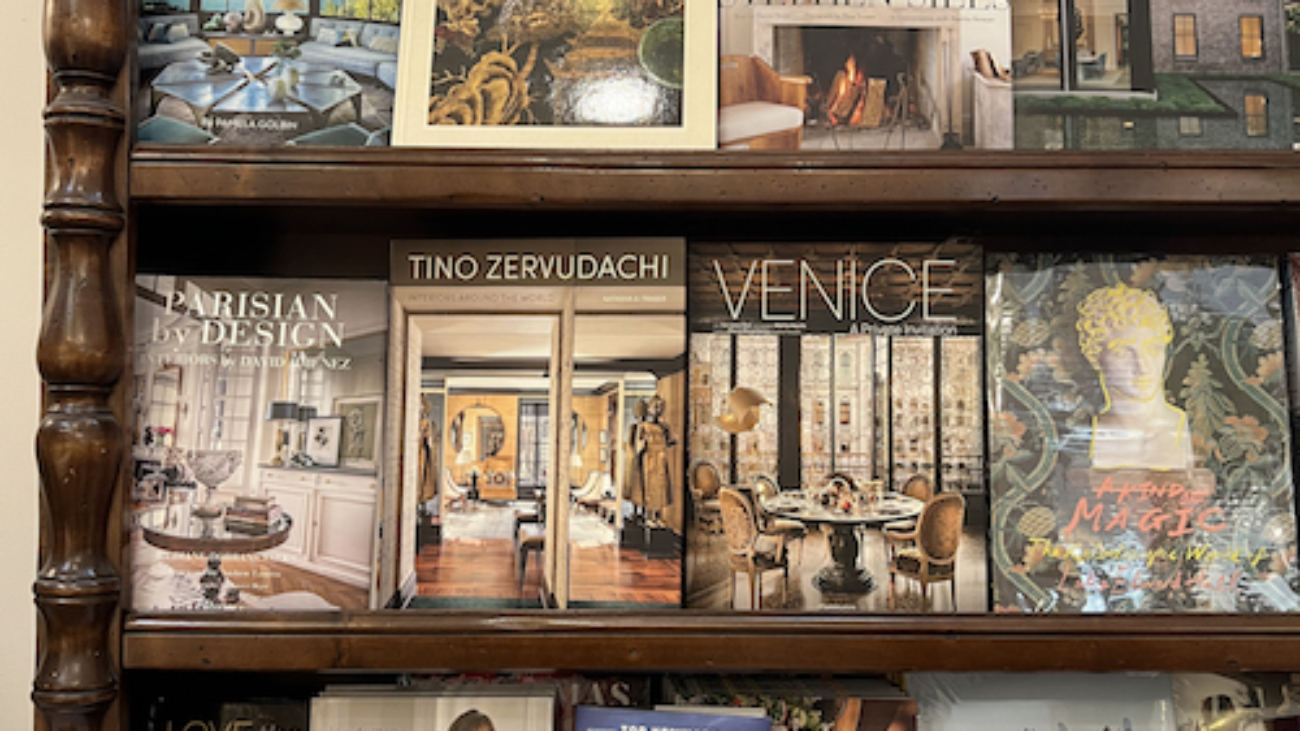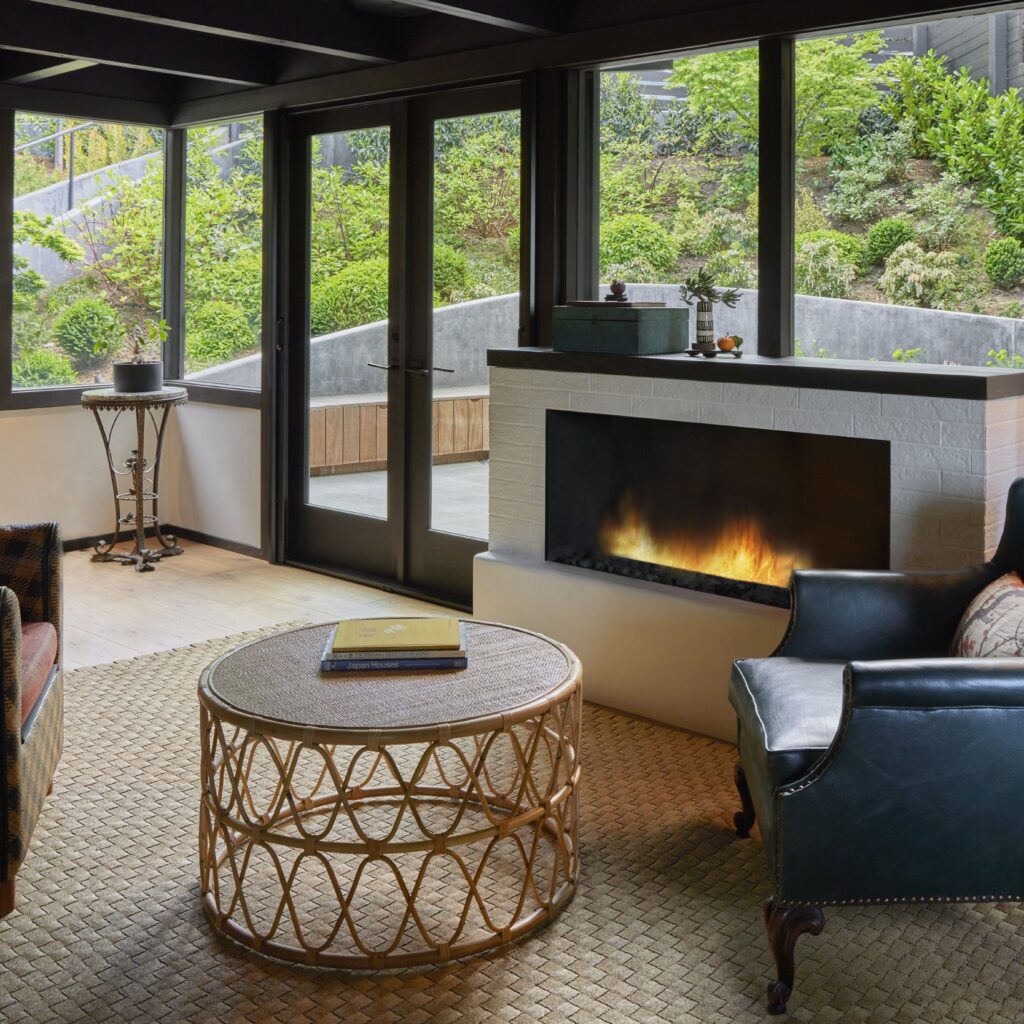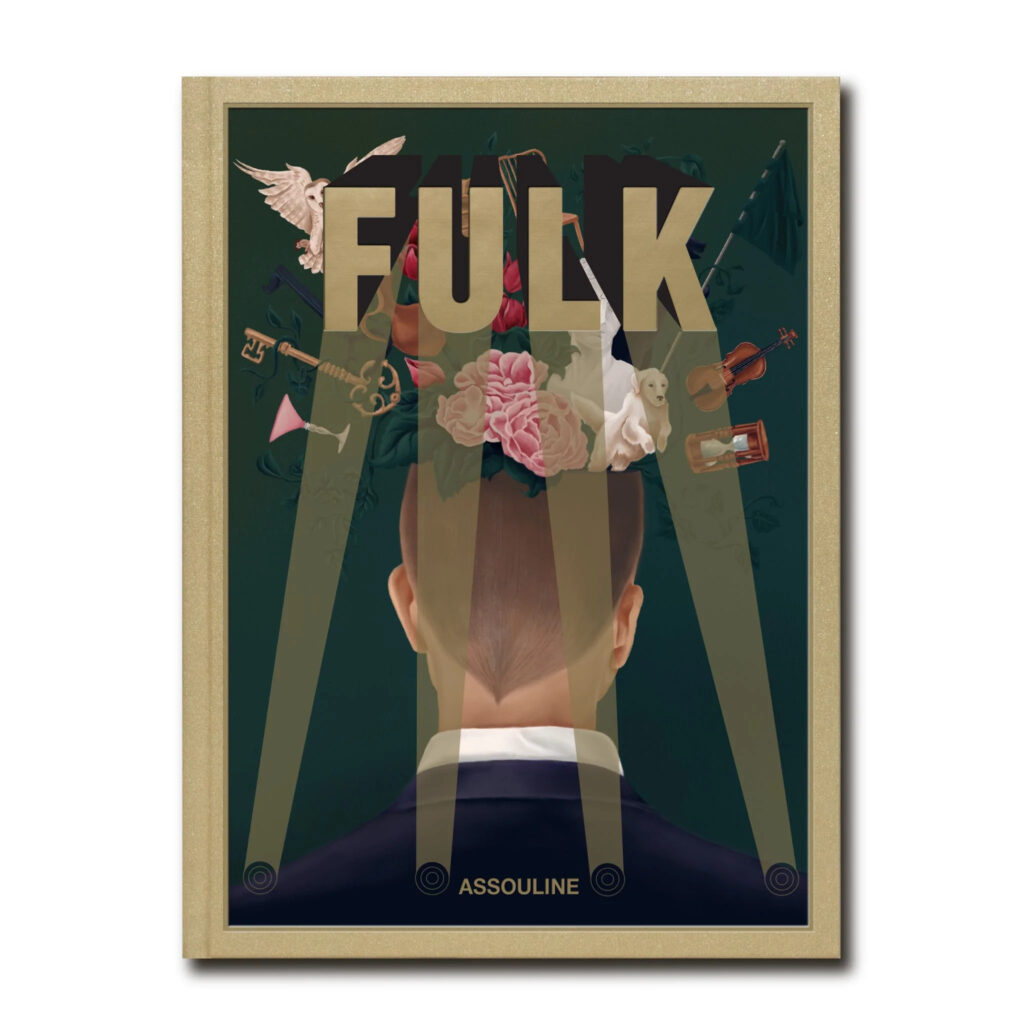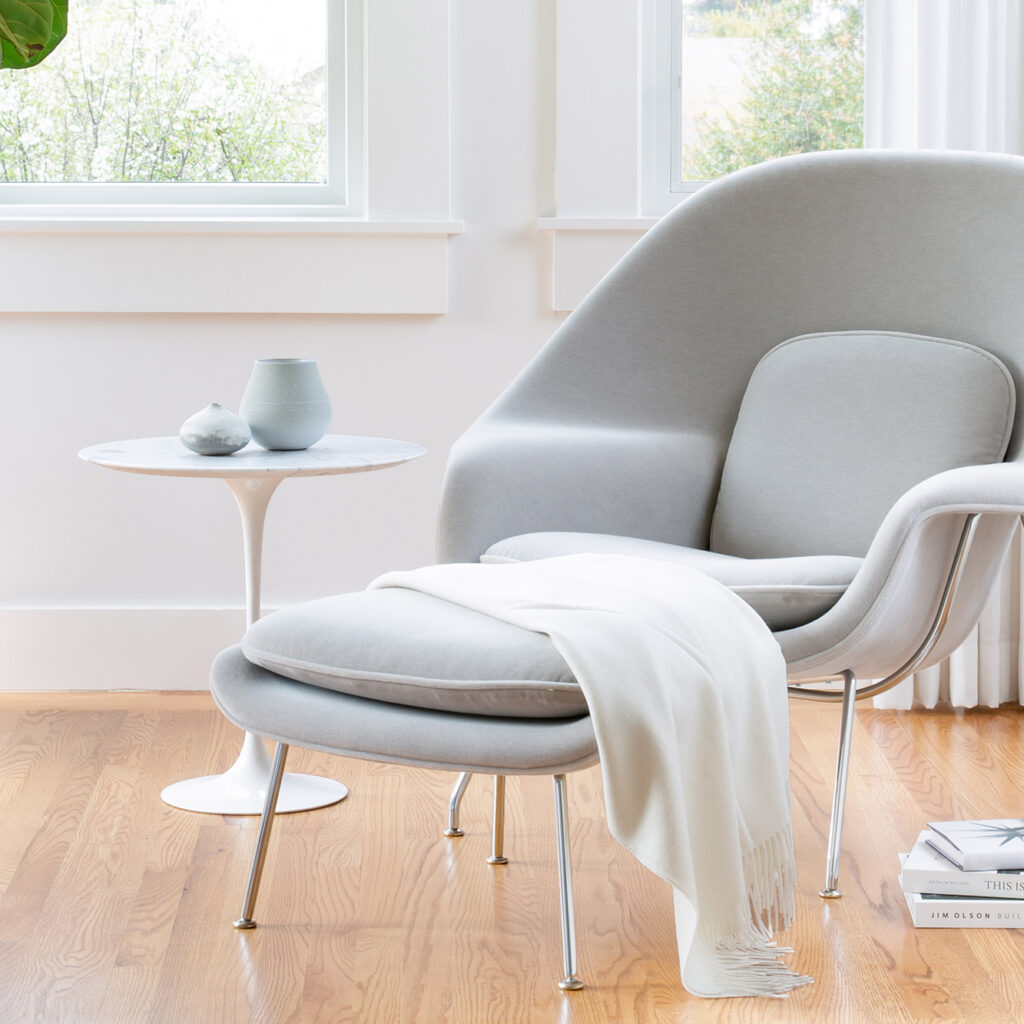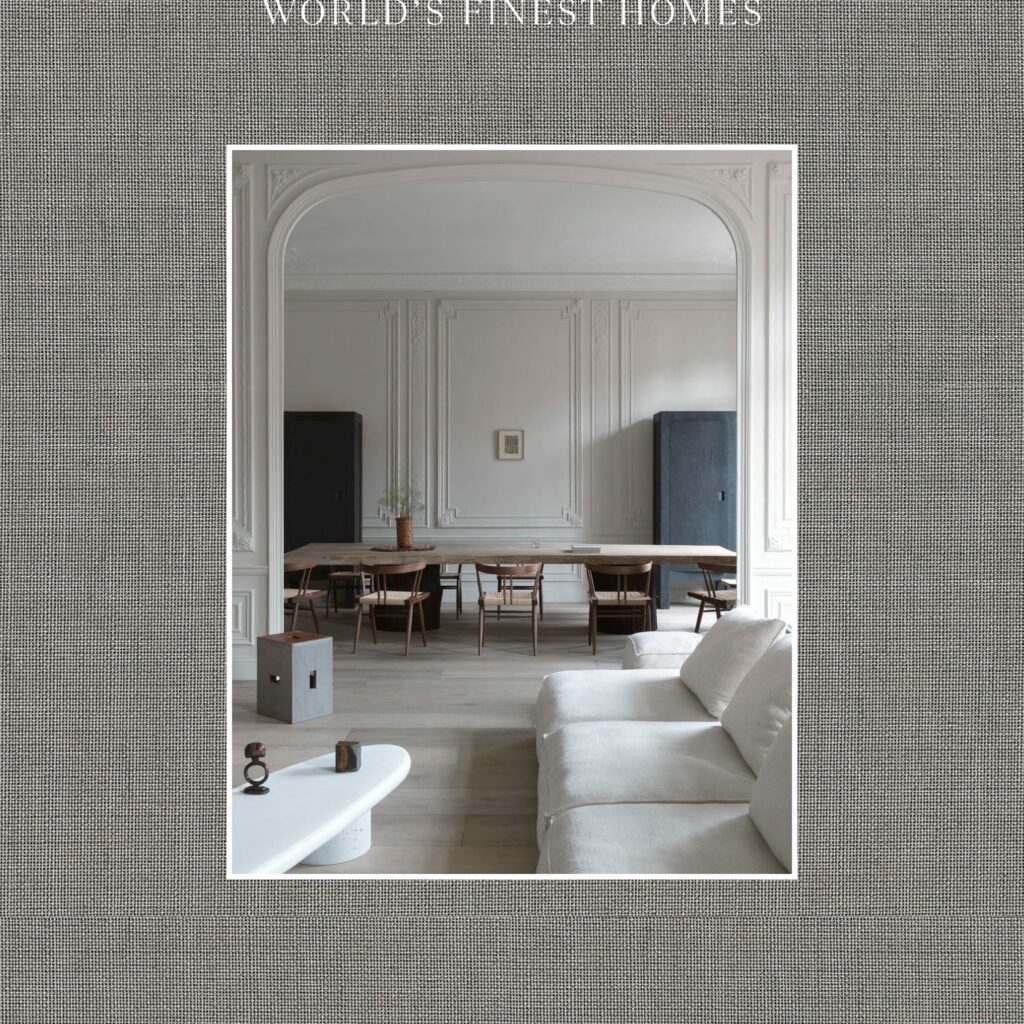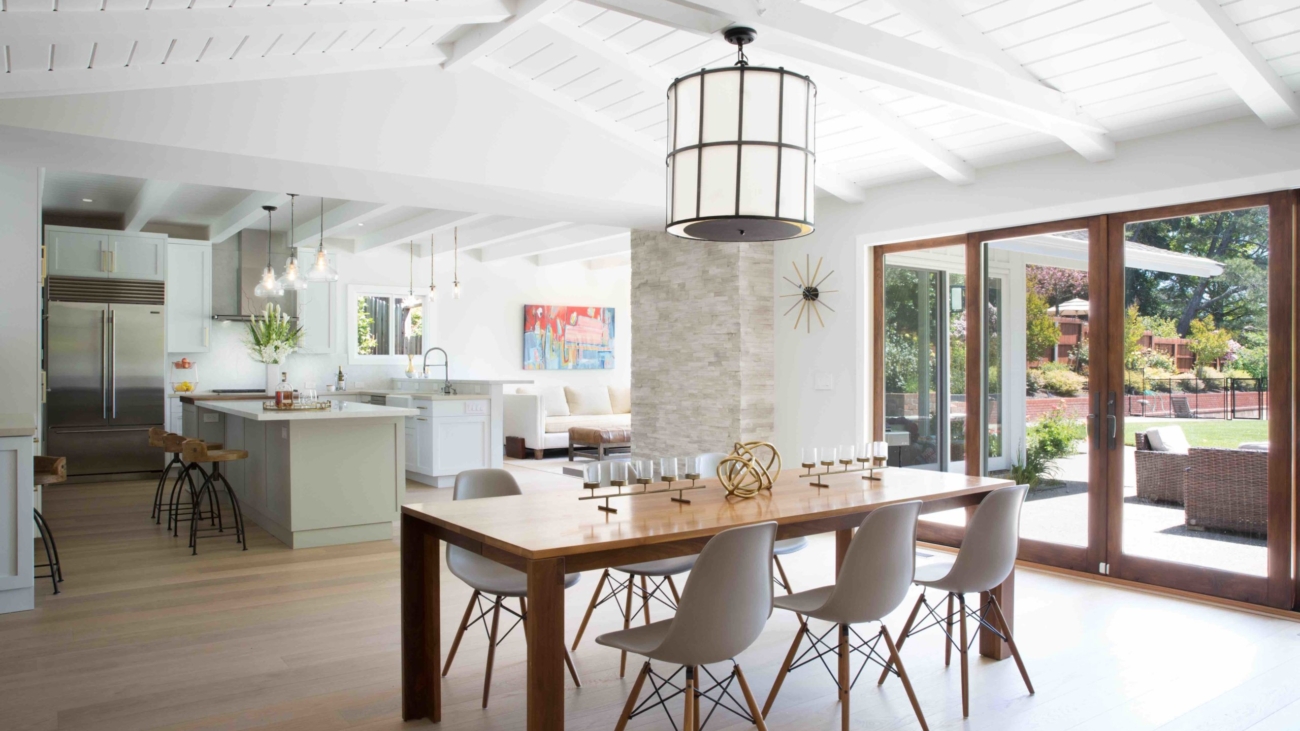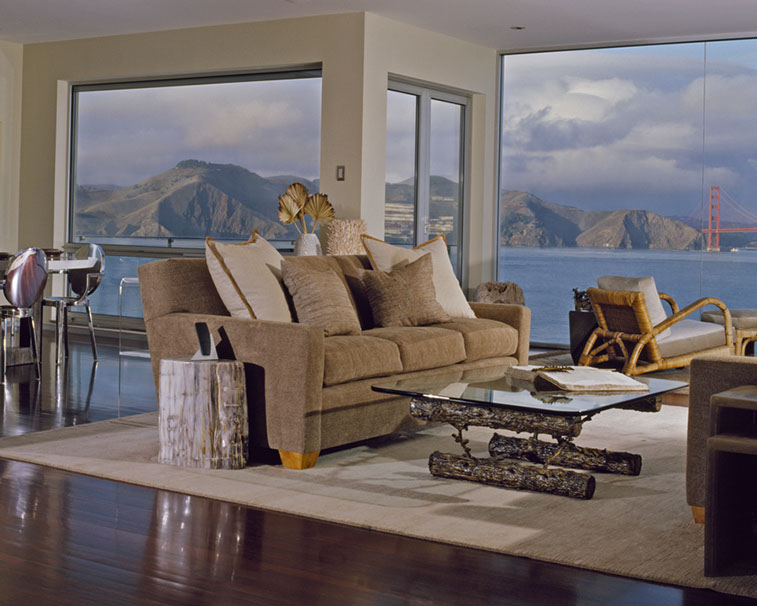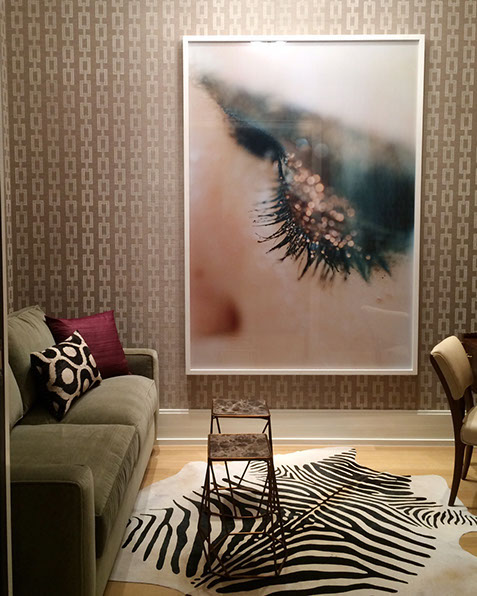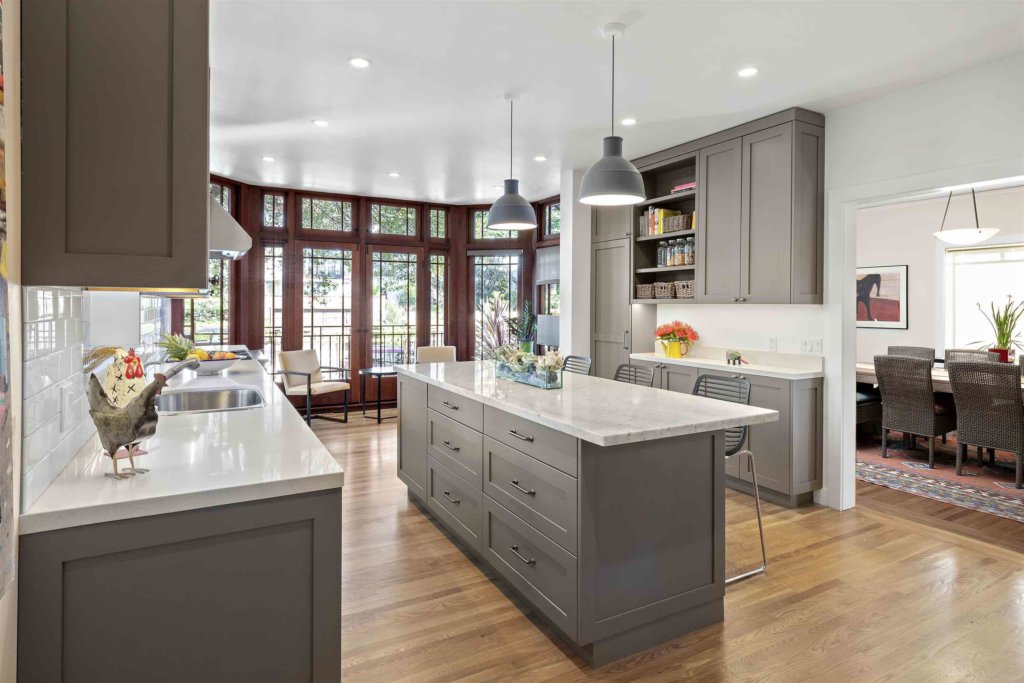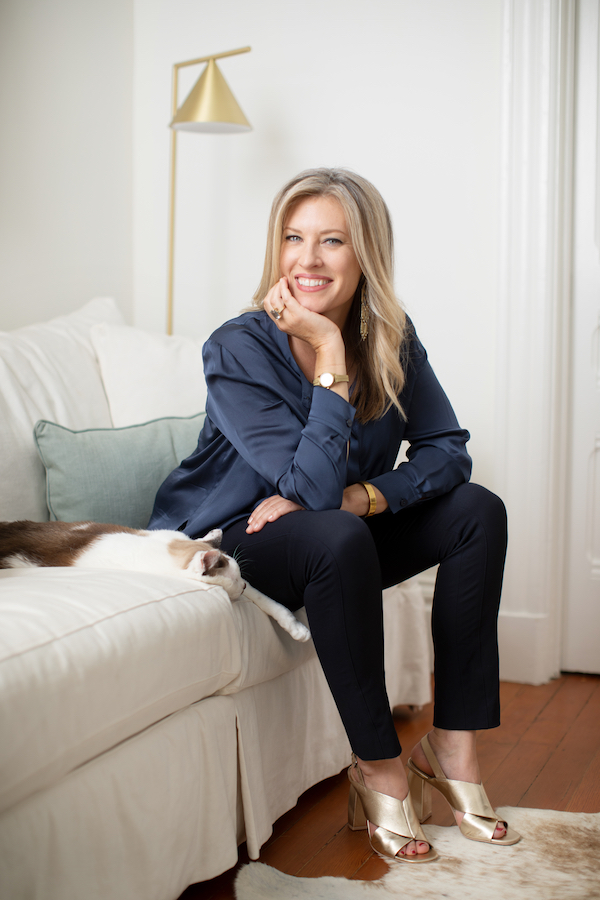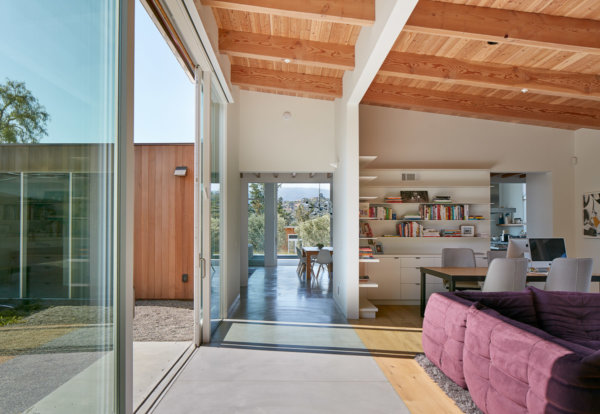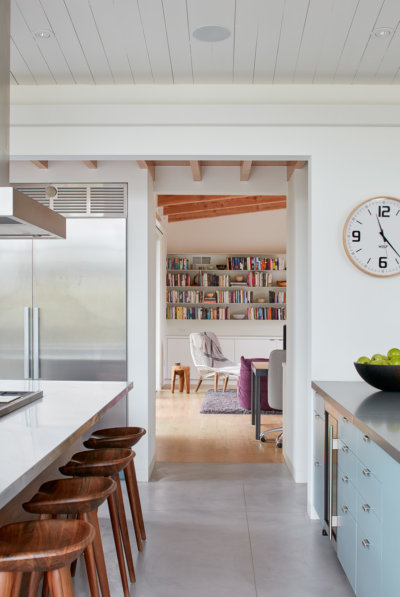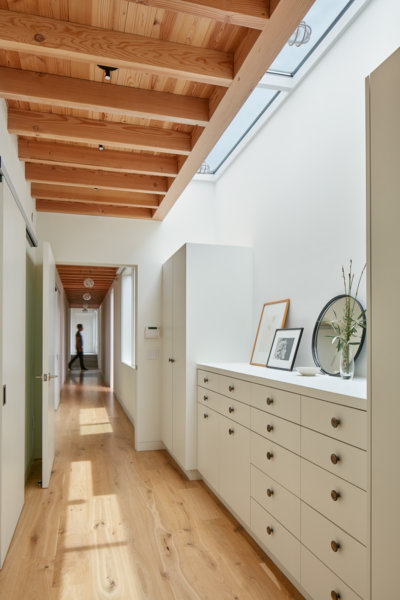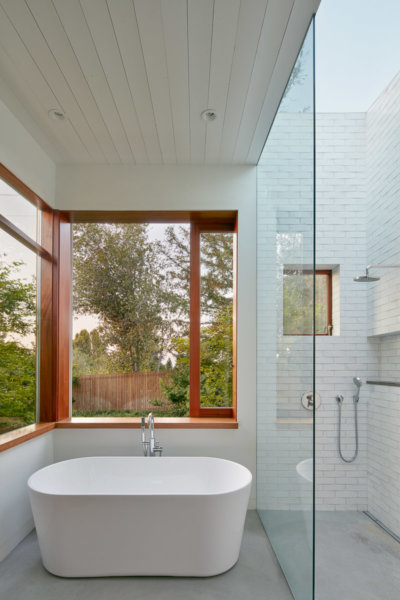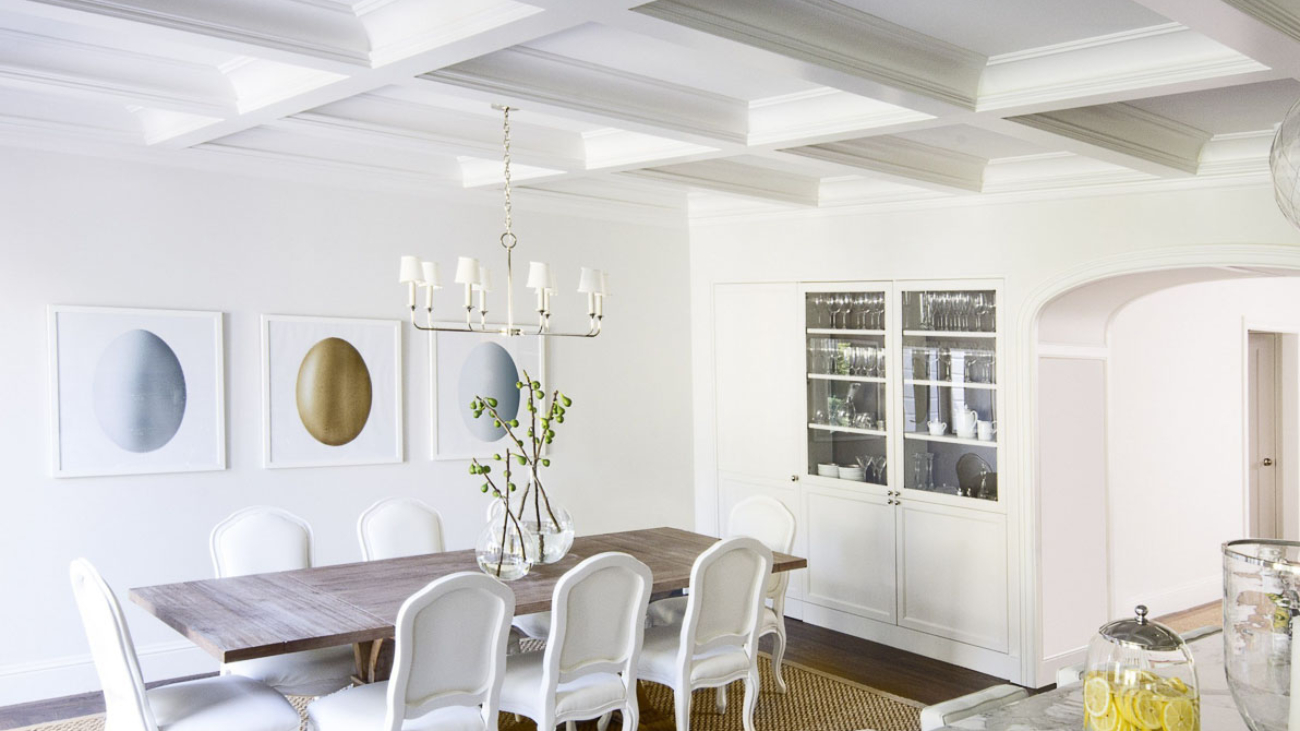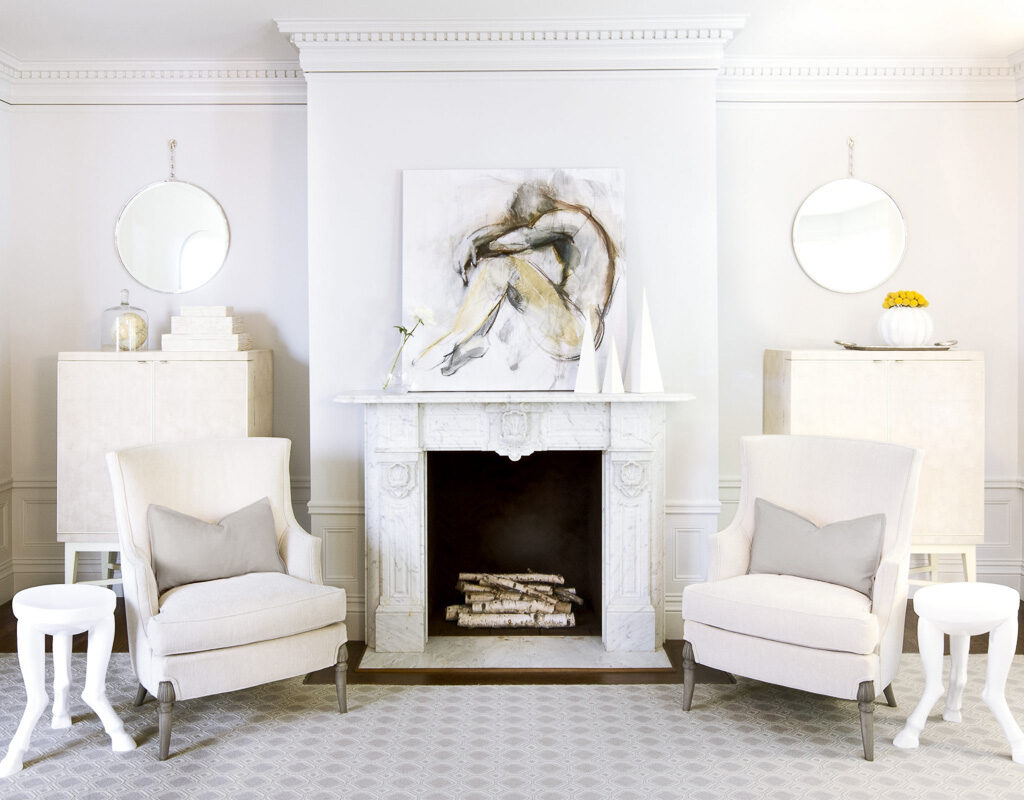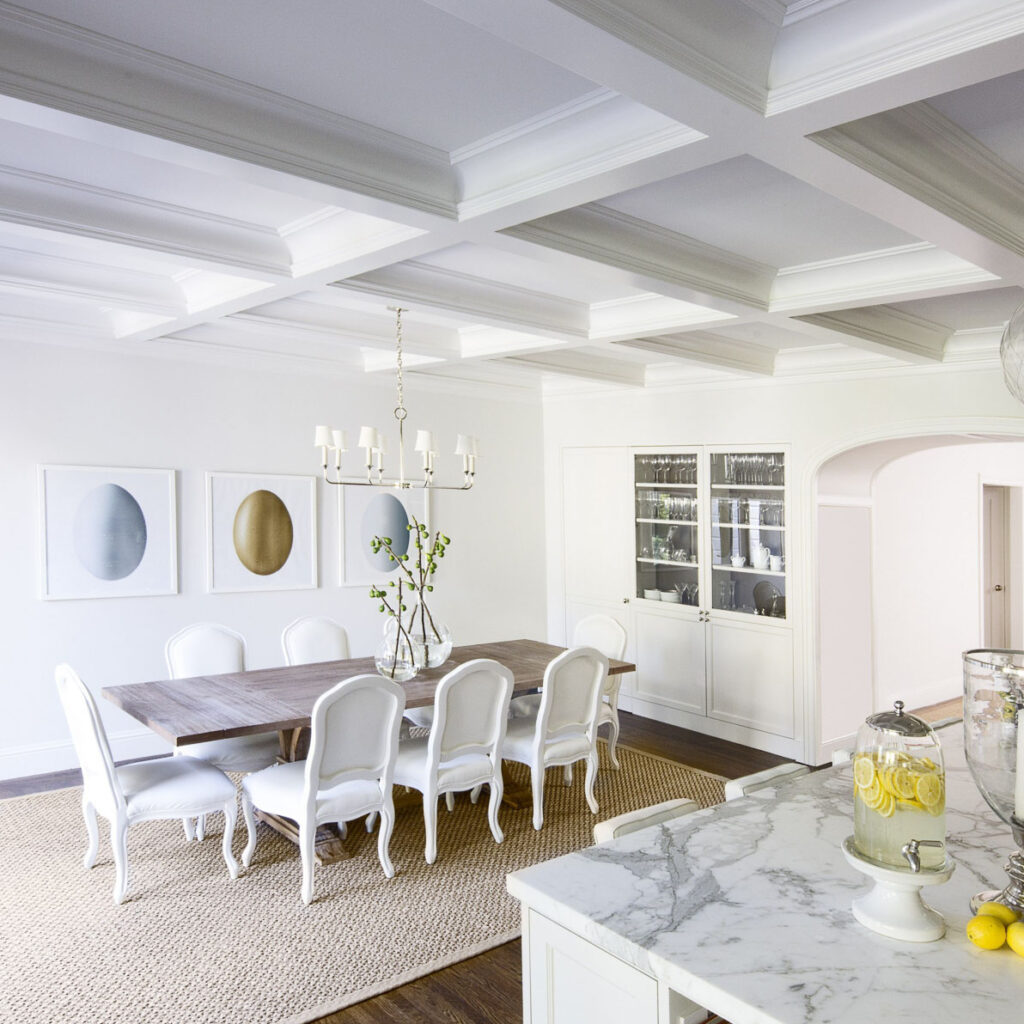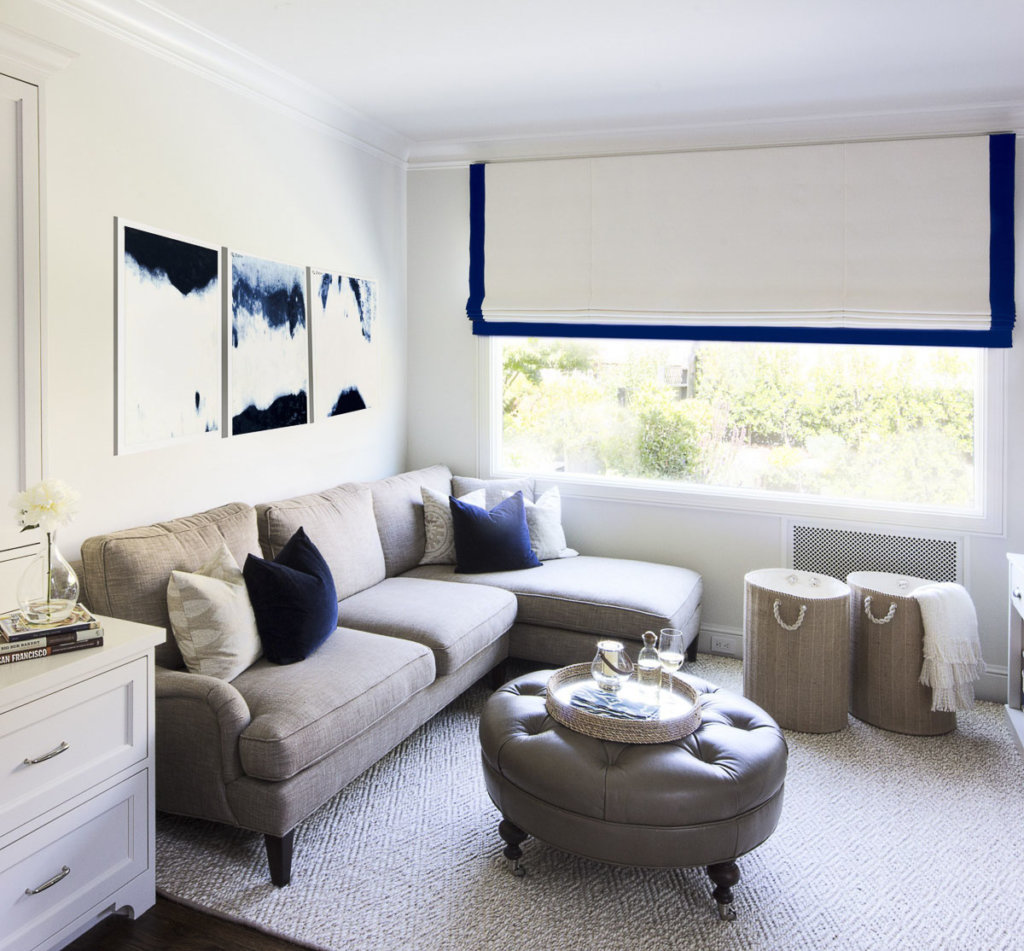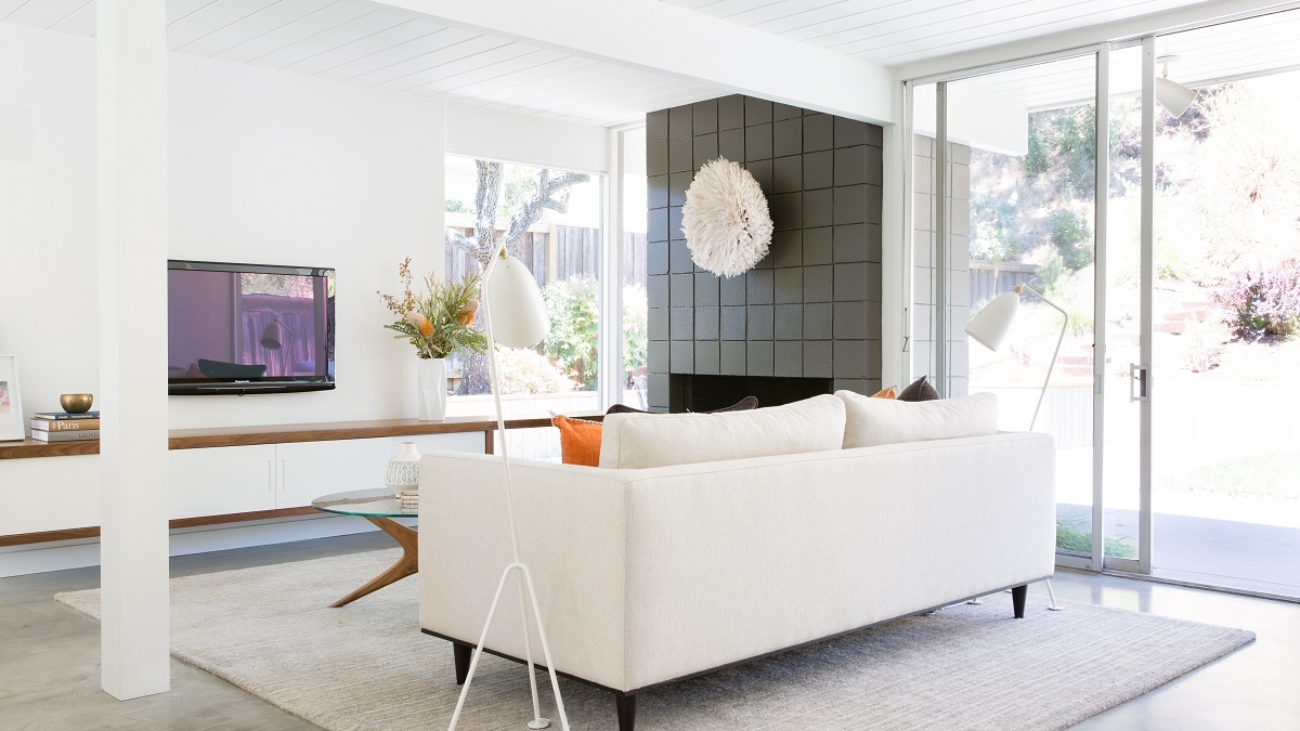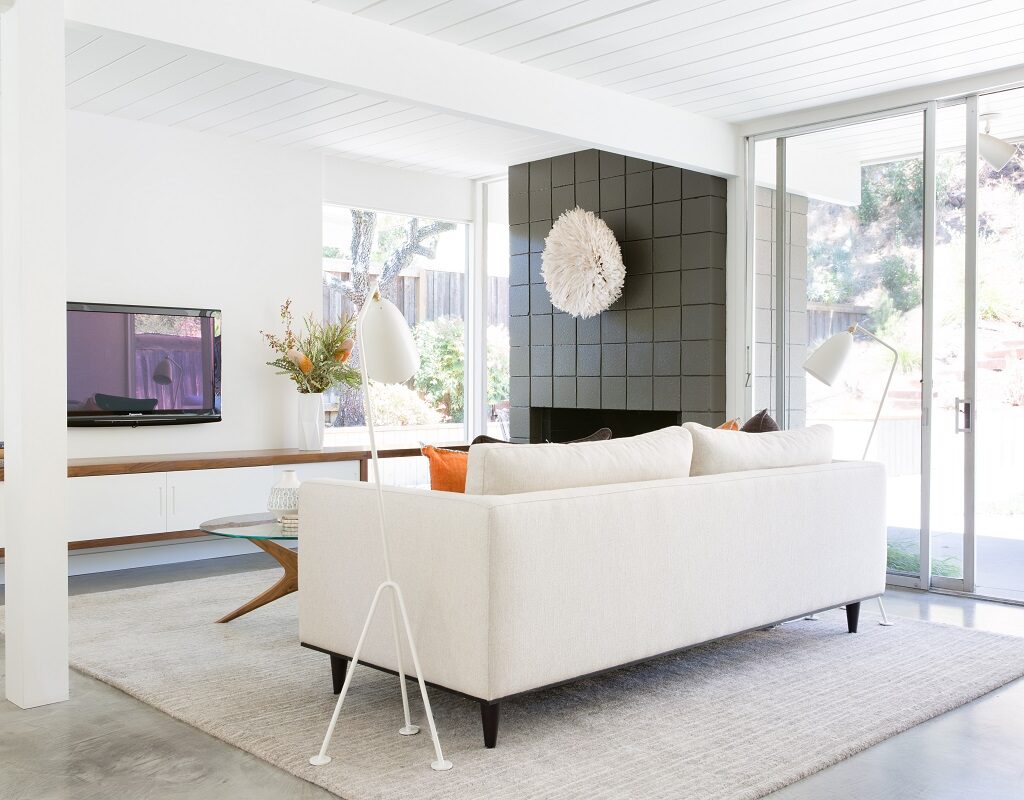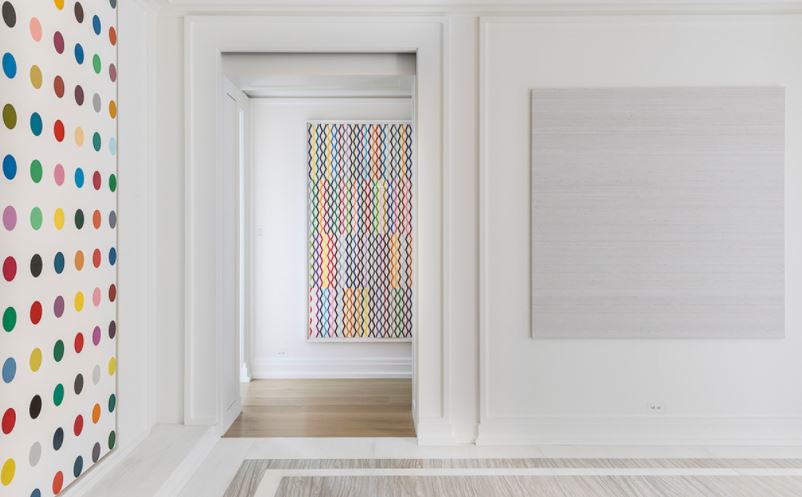When painting your kitchen, selecting the right color and the brand is an important decision. The kitchen is the heart of the home and needs to be durable and resistant for the unique challenges kitchen surfaces face such as moisture, grease, and temperature variations. With an array of brands available, it’s crucial to choose one that guarantees longevity, quality, and the aesthetic appeal to match your home’s vibe.
Top Paint Brands for Kitchens ranked by our favorites:
Benjamin Moore stands out for its exceptional quality and durability. Regal and Aura are the best lines to choose from. ScuffX is a new line that is particularly good for trim and cabinets. Aura only comes in the lowest sheen on flat. What is even more important is the choice of sheen. Eggshell and Satin are a wipeable finish that ideal for kitchen walls. Benajmin Moore has one of the largest ranges of color stories in the industry.
Farrow & Ball has luxurious colors and an amazing finish and durability. F&B colors offer a richly pigmented paint with an eco-friendly formulation. Their claim to fame is that they are a milk-ased paint. With sheens referred to as Modern Emulsion, Estate Emulsion, Estate Eggshell and Full Gloss you have a wide range of sheens to choose from that work great for different surfaces especially those in the kitchen. Farrow & Ball paint is robust, washable, and mold-resistant finish. The depth of their colors adds a touch of sophistication to any kitchen.
Sherwin-Williams is known for their slogan “Cover the World,” Sherwin William is the largest paint manufacturer on the planet. Their dark colors do not cover well, but they have greys and in-between colors. a range of kitchen-specific paints, including the Emerald® Interior Acrylic Latex Paint. Known for its superior resistance to stains and its ability to be cleaned easily, it ensures that your kitchen walls remain pristine. Moreover, its anti-microbial properties make it a safe choice for a space where food is prepared.
Valspar has a Paint + Primer combination that offers remarkable great coverage and durability. The color stories are not as popular as the top 3 in this article, but their paint stands up well to kitchen challenges, with a scrubbable finish that makes maintenance a breeze. They offer a far better price point than the top 3 listed in this article and can be found at independent hardware stores in the United States which means that they are easily accessible in the downtown areas and you don’t have to traverse a large store to get to the paint department.
Behr – Made by Home Depot, Behr’s has a mixed reputation. Their Marquee® Interior Paint & Primer touts a one-coat coverage which can save time and effort. That could be possible depending on the color. For darker colors these types of paints are ideal because darker colors can sometimes take 3 – 4 coats before proper coverage can be achieved. Like many of the paint brands in this article, Behr paint is durable and easy-clean finish make it a practical choice for the kitchen. Behr’s palette includes vibrant and neutral shades, suitable for any kitchen design and they can mix color from any other line you wish to match.
Factors to Consider When Selecting Paint for Your Kitchen
Paint should be durable and washable: Kitchens require paint that can withstand frequent cleaning and resist stains from cooking splashes.
Paint Sheens are a personal choice: Semi-gloss or satin finishes are recommended for high traffic kitchens where a lot of steaming and frying takes place. They remain the most cleanable and wipeable and reduce scrubbing. They do reflect light and cause colors to read differently, but they can also cause the space to appear lighter and brighter. Eggshell is the preferred sheens for most kitchens.
Color Selection is key: The right color can transform your kitchen, making it important to choose a brand that offers a wide range of options.
“Eco-Friendliness” is subjective: In California all paint has been remanufactured to meet environmental air-quality standards. What we consider eco-friendly is whether or not you have to paint again in 5 years or 10 years. More frequent painting is not eco-friendly.
Price can be the deciding factor: While budget is always a consideration, investing in a high-quality paint can save money in the long run by reducing the need for frequent touch-ups. Our top picks are the best in terms of price and longevity.
Preparing Your Kitchen for Painting
Proper preparation is key to achieving a professional-looking finish. Before you begin, ensure your kitchen walls are clean, dry, and free from grease. You can use a degreasing chemical like Trisodium phosphate which will degrease and degloss shiny surfaces or you can Mix 1 cup vinegar with 3 cups of water, 1 cup of baking soda and ½ cup of dish soap in a bowl and wipe down the surfaces and then sand to degloss. Primer can be used over touch surfaces or special surfaces such as metal or vinyl. Mask and covering floors, windows, countertops and appliances will protect them from dust, drips and splatters.
Application Tips for the Perfect Finish
Use High-Quality Brushes and Rollers: Investing in good tools can significantly affect the outcome of your paint job.
Follow the Right Technique: For best results, start from the top of the room (Ceiling, Trim and then Walls) and work your way down, maintaining a wet edge to avoid lap marks.
Allow Adequate Drying Time: Between coats, ensure the paint is completely dry before applying the next layer to avoid any unwanted texture or bubbling.
Maintaining Your Kitchen’s New Look
Once your kitchen is beautifully painted, maintaining its appearance is crucial. Sometimes streaks will form when condensation from cooking and temperature cause them to develop. It is important to wipe these down immediately so that they don’t permanently imbed in the paint. Wipe up spills and splatters immediately to prevent stains. Gently clean the walls with a soft cloth and mild detergent to keep them looking fresh and vibrant for years to come.
Choosing the right paint brand for your kitchen is a decision that influences not just the aesthetics but also the longevity and functionality of the space. Brands like Benjamin Moore, Sherwin-Williams, Behr, Farrow & Ball, and Valspar offer products that meet the demands of the kitchen environment, combining durability, washability, and a wide color palette. By considering factors such as finish, color selection, and eco-friendliness, you can select a paint that not only looks beautiful but also stands up to the daily rigors of kitchen use. With the right preparation, application, and maintenance, your kitchen can remain a vibrant and welcoming space for years to come.
